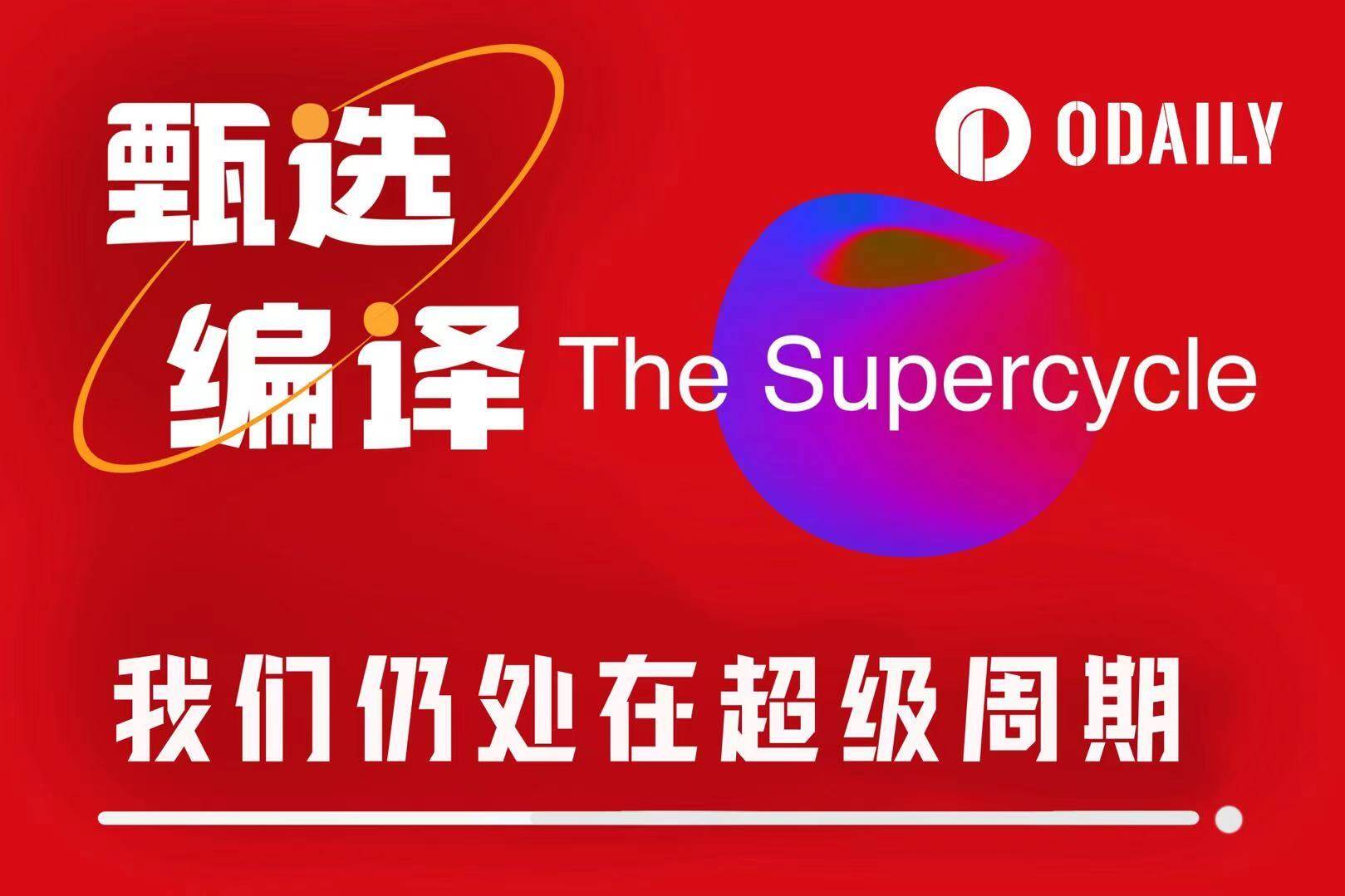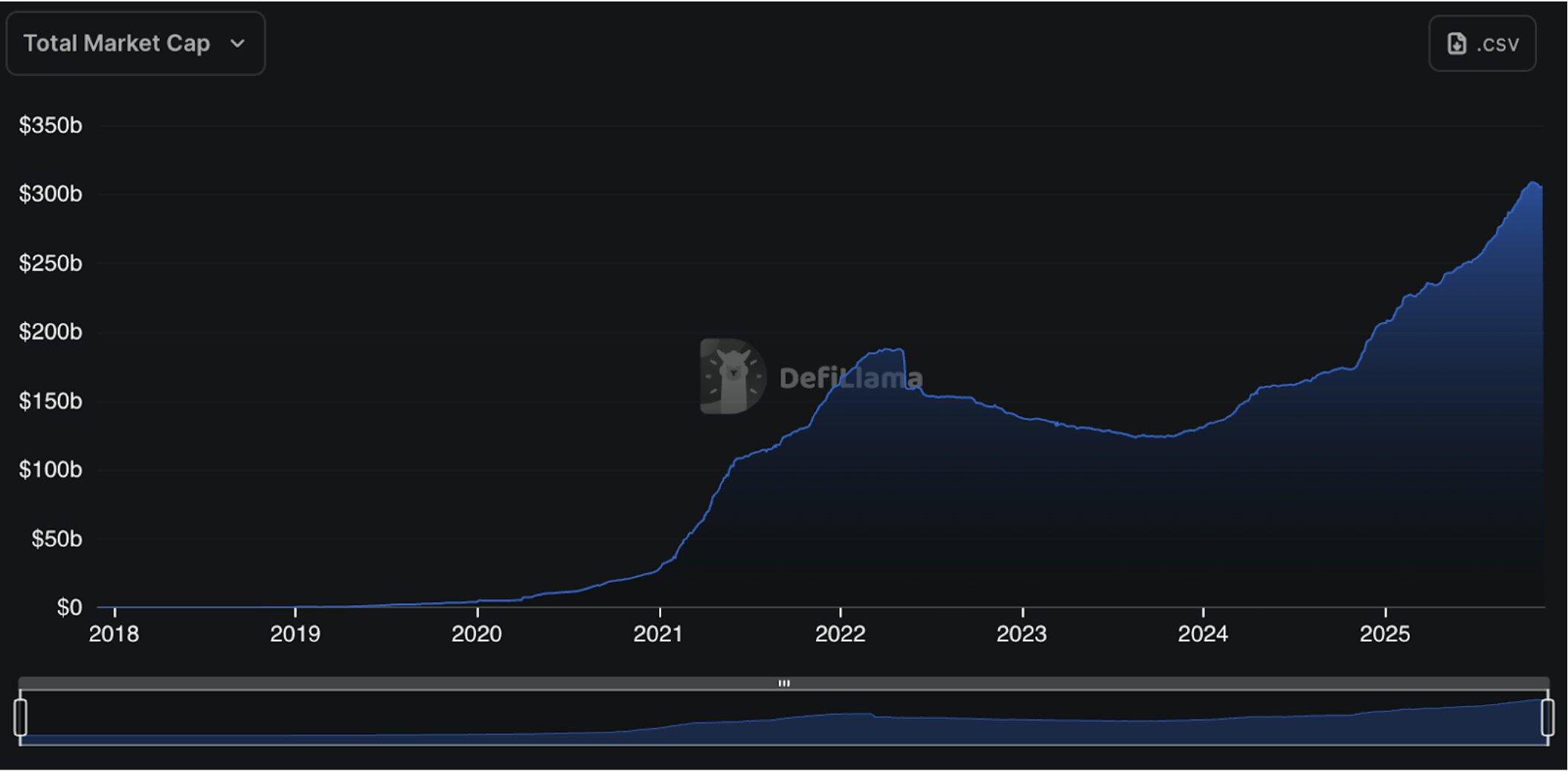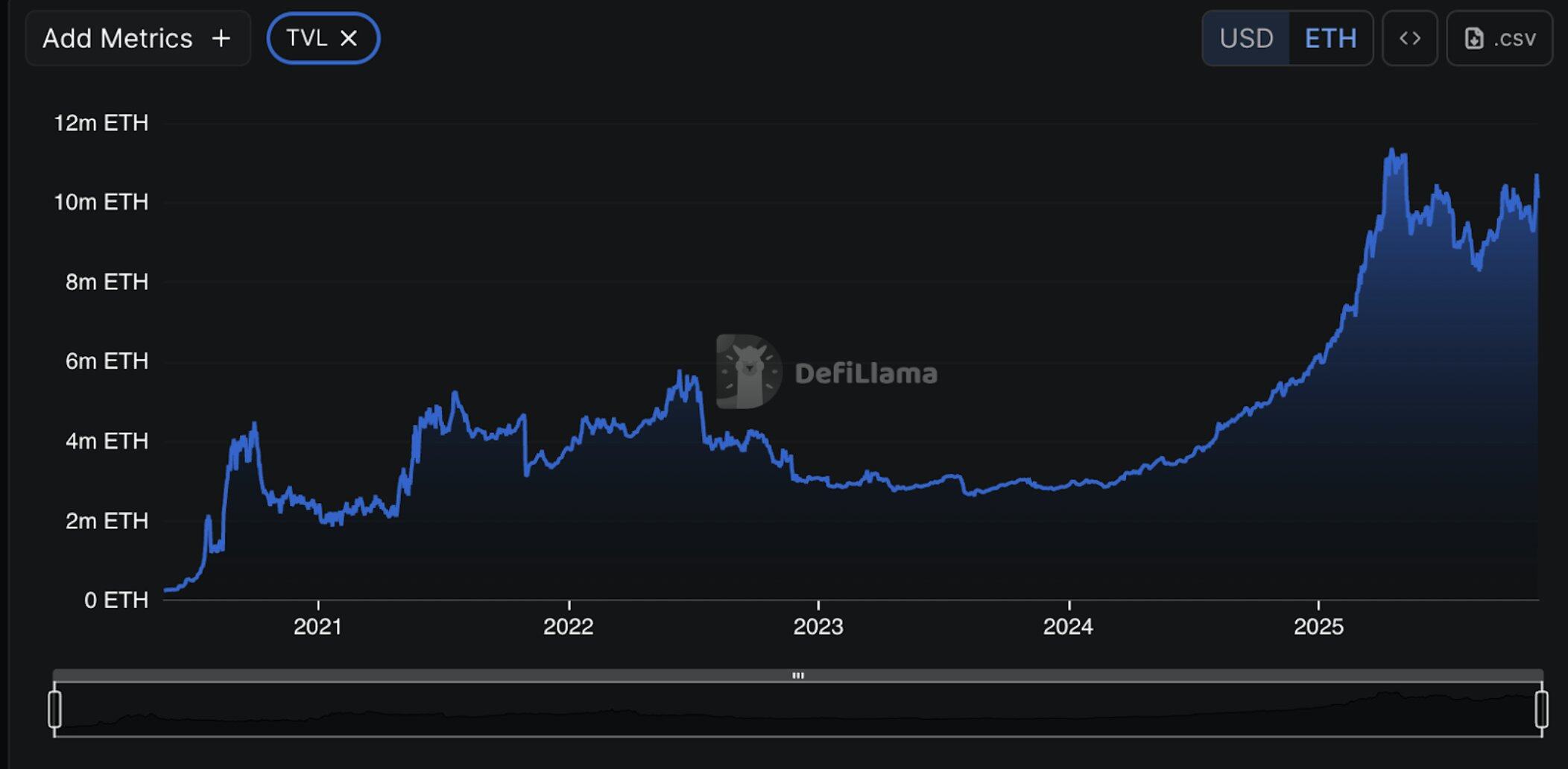We are still in the crypto supercycle.
Original title: The Supercycle Is Here. Just Not the One You Were Promised
Original author: Lomashuk ( @Lomashuk )
Compiled by Odaily Planet Daily ( @OdailyChina ); Translated by Asher ( @Asher_0210 )
Recently, a quick five-minute scroll through the internet has easily led to the conclusion that we're back in a bear market. BTC prices continue to fall, altcoins are plummeting even further, and retail investor sentiment has almost evaporated. The ultimate bullish narrative proposed by Su Zhu—the "Supercycle"—which embodied the industry's vision of "crypto assets breaking free from cyclical constraints and achieving escape velocity," now seems more like a collective illusion.
However, the supercycle is not over. The real problem is that we have been misinterpreting it. The traditional narrative of a supercycle is a perpetual boom where "digital always goes up," a period where traditional finance fully embraces crypto and the market breaks free from the four-year boom-bust cycle. However, as more and more people directly reject this vision, a deeper, more sobering reality emerges—the supercycle has indeed begun, but it is drastically different from what people once imagined. In fact, as crypto rapidly integrates into global finance, 90% of assets in the market are being ruthlessly revalued to near zero.
The Great Divergence in the Crypto Market
The most undeniable reality is that the era of "a rising tide lifts all boats" is completely over in this cycle. In past bull markets, retail investors could simply pick any altcoin on CoinMarketCap and earn a decent return in the next rally. But the current market offers a completely different answer—the vast majority of altcoins are indiscriminately declining, with no signs of reversal.
In fact, most crypto assets are slowly going to zero. The once-glorious Meme coin, countless governance tokens, "Ethereum killers," and the worthless projects of the last cycle—they no longer have the potential to return to their all-time highs. The slump in prices doesn't reflect a temporary downturn in sentiment; rather, it means they have lost their value within the current narrative and fundamentals, becoming true "zombie assets."
At the same time, the market structure is maturing, and investors are more rational than ever before. Capital is no longer buying into a white paper, a vision, or a Discord community; instead, it is returning to the most basic fundamentals: cash flow, fee revenue, and use cases.
In this fragmented crypto market landscape, only two types of assets can weather economic cycles:
- Public blockchains that have become systemic infrastructure—such as Ethereum and Solana;
- An agreement that can consistently generate real transaction fees and revenue.
Other Web 3 projects, no matter how dazzling their narratives, are being ruthlessly eliminated by the market.
The continuous evolution of encryption
Despite the slump in speculative sentiment at the price level, the underlying architecture of the global financial system is undergoing a silent but profound rewriting. For a long time, "regulation" has been seen as the biggest obstacle to the entire industry. However, in 2024 and 2025, this looming shadow unexpectedly transformed into certainty. The increasingly clear policy framework not only did not stifle the technology, but instead gave the green light to giants who were once considered traditional "enemies."
At the same time, the supply of stablecoins is breaking historical records at an unstoppable pace, becoming a new engine for global liquidity.

New internet banks are evolving into crypto-native financial gateways, while Visa and Mastercard are embedding stablecoin settlements directly into their core payment networks.
- Visa is already processing billions of dollars worth of stablecoin transactions, providing the underlying power for the next generation of internet banking;
- Mastercard acquires ZeroHash;
- Stripe is fully shifting its focus to stablecoins as the infrastructure for global payments;
- CashApp integrates USDC on its front end;
- Revolut introduces a zero-fee stablecoin exchange path.
They may all realize that to survive, they must embrace the technology, not resist it. This deep integration is forming a sticky and irreversible demand base—not reflected in short-term speculative trading, but continuously amplified in real global trading volumes.
Funds may return to the blockchain.
The macroeconomic environment is quietly changing the rules of the game. With the Federal Reserve cutting interest rates and ending quantitative tightening (QT), the once easily attainable 4% risk-free yield on US Treasury bonds is gradually disappearing. Faced with declining yields, capital will not remain idle.
What's about to emerge is a large-scale trend of funds flowing back onto the blockchain. However, unlike in the past, this time the funds won't rush into Ponzi schemes, but rather towards DeFi protocols that can generate real returns through transaction fees and lending spreads. As traditional yields decline, the actual returns of DeFi protocols are becoming a new high ground for capital, as evidenced by the data—Aave's TVL has hit an all-time high, further reflecting the market's strong pursuit of real on-chain returns.

Next-generation decentralized finance and artificial intelligence economy
Crypto infrastructure is being leveraged by new financial primitives that are finally finding a product-market fit. Derivatives and perpetual contracts initially gained acceptance among "geek" groups but are now expanding into liquid on-chain hedging environments available to institutions. Prediction markets have also evolved from niche experiments into reliable global information sources: Google has integrated Polymarket, and Kalshi has partnered with the NBA.
However, the ultimate catalyst that truly makes this supercycle unstoppable is artificial intelligence. We are building a world of AI agents that, instead of walking into JPMorgan Chase to open a checking account, will directly generate wallets, use cryptocurrencies for transactions, exchanges, and payments, and will instantly generate new auction markets based on user intent.
In this system, blockchain will become the native underlying layer of the "cyber economy," and AI agents will coordinate and conduct transactions on top of it.
summary
We are in the midst of a true supercycle, but it is entirely different from the frenzied, short-term surge of 2021. This current supercycle is quieter, more stable, and more structural: it no longer relies on speculative sentiment, nor does it cause all assets to rise together.
In this process, the prices of tokens and projects without real value will continue to fall, which is a natural market selection mechanism. At the same time, cryptocurrencies are quietly integrating into the global financial system, from stablecoin settlements to institutional on-chain hedging, from payment infrastructure to the underlying AI economy; blockchain is becoming a new infrastructure for the global economy.
- 核心观点:超级周期已启动,但表现形式不同。
- 关键要素:
- 市场分化,多数山寨币归零。
- 稳定币和机构采用加速。
- AI经济将推动链上需求。
- 市场影响:加速资产优胜劣汰,推动真实收益需求。
- 时效性标注:长期影响。



